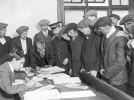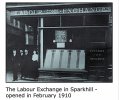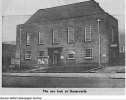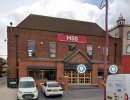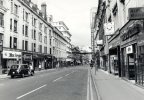There were a lot of staff employed by the Corporation Street/Steelhouse Lane Employment Exchange in 1917 in this photo. As there’s a man in military uniform I assume the government Employment Exchanges played some role in military recruitment/training/support as well in employment at home. This photo is on the roof of the earlier ‘old’ Employment Exchange - the building prior to the 1930s building built further away near the Ben Johnson Pub. A photo of the building is below.
Viv
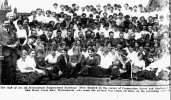
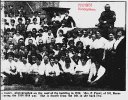 Source: British Newspaper Archive
Source: British Newspaper Archive
The old Labour Exchange is shown on the right of this photo
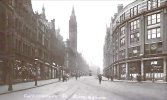
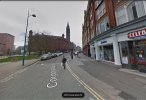
Viv

 Source: British Newspaper Archive
Source: British Newspaper Archive The old Labour Exchange is shown on the right of this photo


Last edited:

